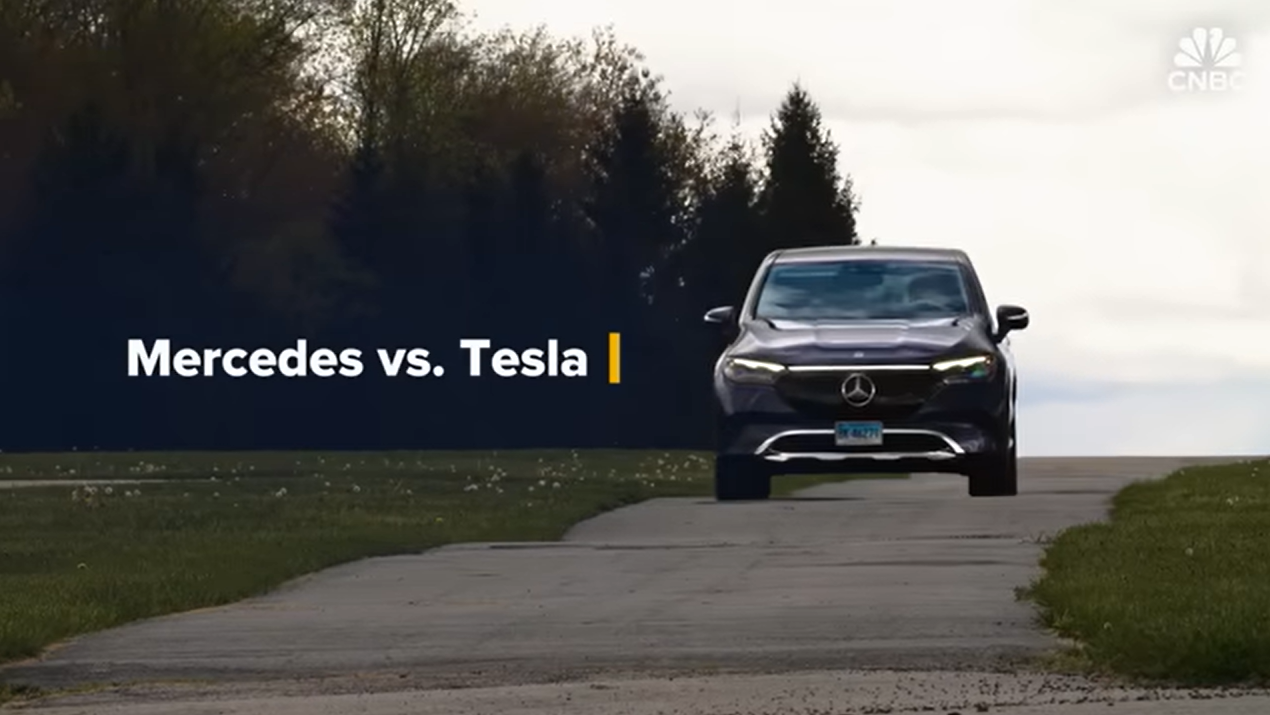Consumer Reports Explains Why Mercedes-Benz's Driver-Assistance Systems Beats Tesla's
ADAS technology and capabilities vary greatly across the industry and it’s confusing, so hopefully this helps
The term advanced driver-assistance systems, or ADAS, is used to categorize features like adaptive cruise control, lane departure prevention and automatic emergency braking to name a few, but to the average consumer most of those words are just gibberish. What many consumers have latched onto are Tesla's dangerous and misleading naming strategies of these driver assistance features. Names like "Autopilot" and "Full Self Driving" are troubling because the driver is still responsible for everything their car does with either of those systems active, whether they know it or not. Consumer Reports studies are about as objective as it gets, and a new video goes into detail about how the outlet tests ADAS technologies and how they all stack up against each other.
Mercedes-Benz's driver-assistance system is ranked in third place, while Tesla's Autopilot comes in eighth. The first- and second-place spots are occupied by Ford's BlueCruise and GM's Super Cruise respectively; both of these Level 2 systems are classified as "hands-free driving," so they're different from most other ADAS systems on the road. Mercedes' system ranks highest among traditional driver assistance systems that still require you to keep your hands on the wheel. One big difference between Tesla's ADAS technology and others is that there is no possibility of collaborative steering. That means the system prompts the driver to apply torque to the steering wheel — jiggle it to prove that you're paying attention — but when the driver does so, the system deactivates.
Mercedes allows drivers to steer the vehicle and keep the driver-assistance system active, which can be particularly helpful when steering around a pothole or road debris. The Mercedes system also performs best in lane centering, and in the smoothness of the adaptive cruise system. It's also helped by having a dedicated driver display, where Teslas have only a central screen. These rankings are based on Consumer Reports criteria, so keep that in mind. Watch the video to learn all about these complex systems and how they're tested by industry experts.
